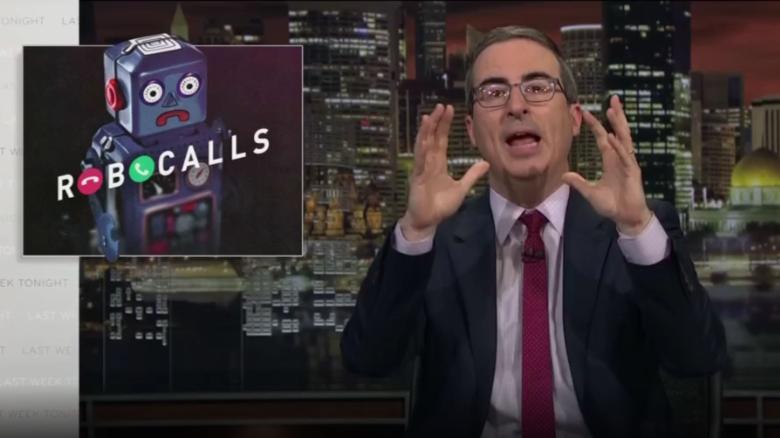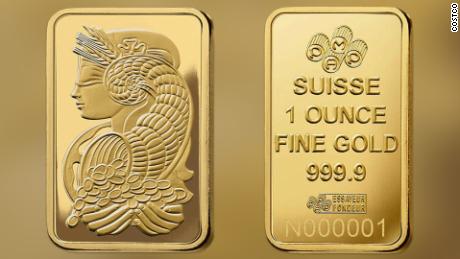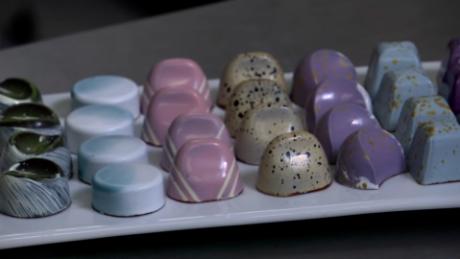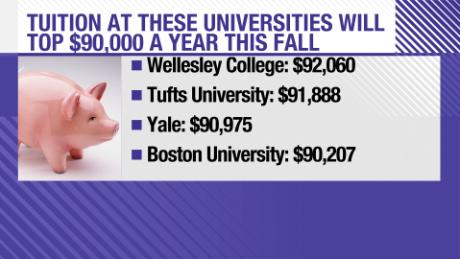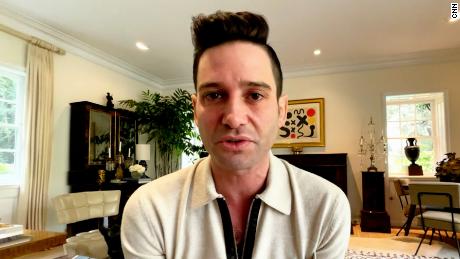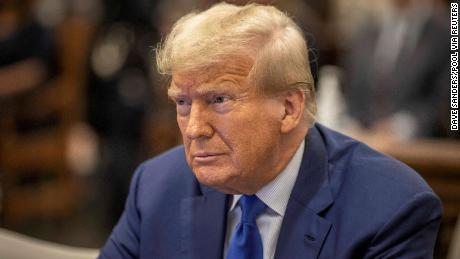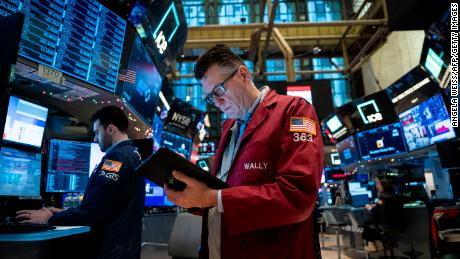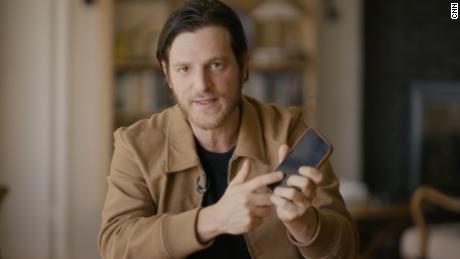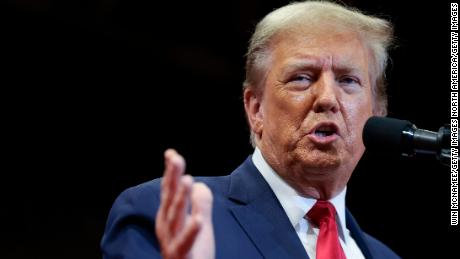New York (CNN Business)There's some good news and bad news about those pesky robocalls.
T-Mobile (TMUS) and Comcast's (CCZ) Xfinity said Wednesday they will be the first telecom companies to start verifying calls between their networks. They're using a tool that will alert customers if an incoming call wasn't placed by an actual human ŌĆö but it doesn't mean your phone will stop ringing off the hook with robocalls. At least, not yet.
Most major telecom companies have had a hand in developing and testing the new anti-robocall technology, called STIR/SHAKEN, which is being slowly rolled out across the industry this year.
T-Mobile and Comcast are the first two companies to announce they've sorted out a way to verify calls between their networks, allowing someone calling from an Xfinity home phone to be verified when they call a person's T-Mobile device and vice versa. Verification badges will now show up for T-Mobile customers that have certain types of smartphones, and will roll out to more devices soon. Comcast's verification badges will start showing up later this year.
"In the coming weeks, we'll be exchanging authenticated calls with more providers across the industry as we come together to tackle this problem," Eric Schaefer, Comcast's senior vice president of communications services, said in a statement.
Most phone service providers are also expected to roll out STIR/SHAKEN on their own networks sometime this year. But until other companies, especially wireless giants like AT&T (T) and Verizon (VZ), have started cross-verifying calls as well, receiving an "authenticated" call will be pretty rare and not terribly useful at first, according to Grant Castle, a vice president of engineering at T-Mobile.
"But over time, as everything aligns, you will see that the vast majority of calls are verified," he said. He added that plans are underway to start a third-party organization that will help carriers coordinate the verification process.
Better call authentication will make it much easier for customers to screen calls that come from robocallers because those numbers will show up as "unverified." Though, it will likely take even more time before blocking robocallers is done with more precision, so that your phone never rings in the first place.
STIR/SHAKEN's goal is tamp down on bad actors who use a technique called "spoofing," which allows them to skirt Caller ID and make it look like they're calling from another number ŌĆö even phone numbers that are identical or look similar to your own.
Spoofing has long allowed bad actors to skirt regulators. And it's made it difficult for authorities to sort out which robocalls are illegal and which robocalls are spoofed for a legitimate reason, which can be the case when, say, your pharmacist or local school district calls you. Businesses often use spoofing so they can hide direct phone lines and leave preferred callback numbers.
Verifying calls could eventually help robocall-blocking tools and apps better sort out the bad guys from the pack.
Most wireless companies offer such apps right now. But because of spoofing, none of them are great at weeding out unwanted calls.
The apps are mostly "half-hearted attempts" to address a complex issue, Castle said, but the industry is fully aware it needs to do better.
